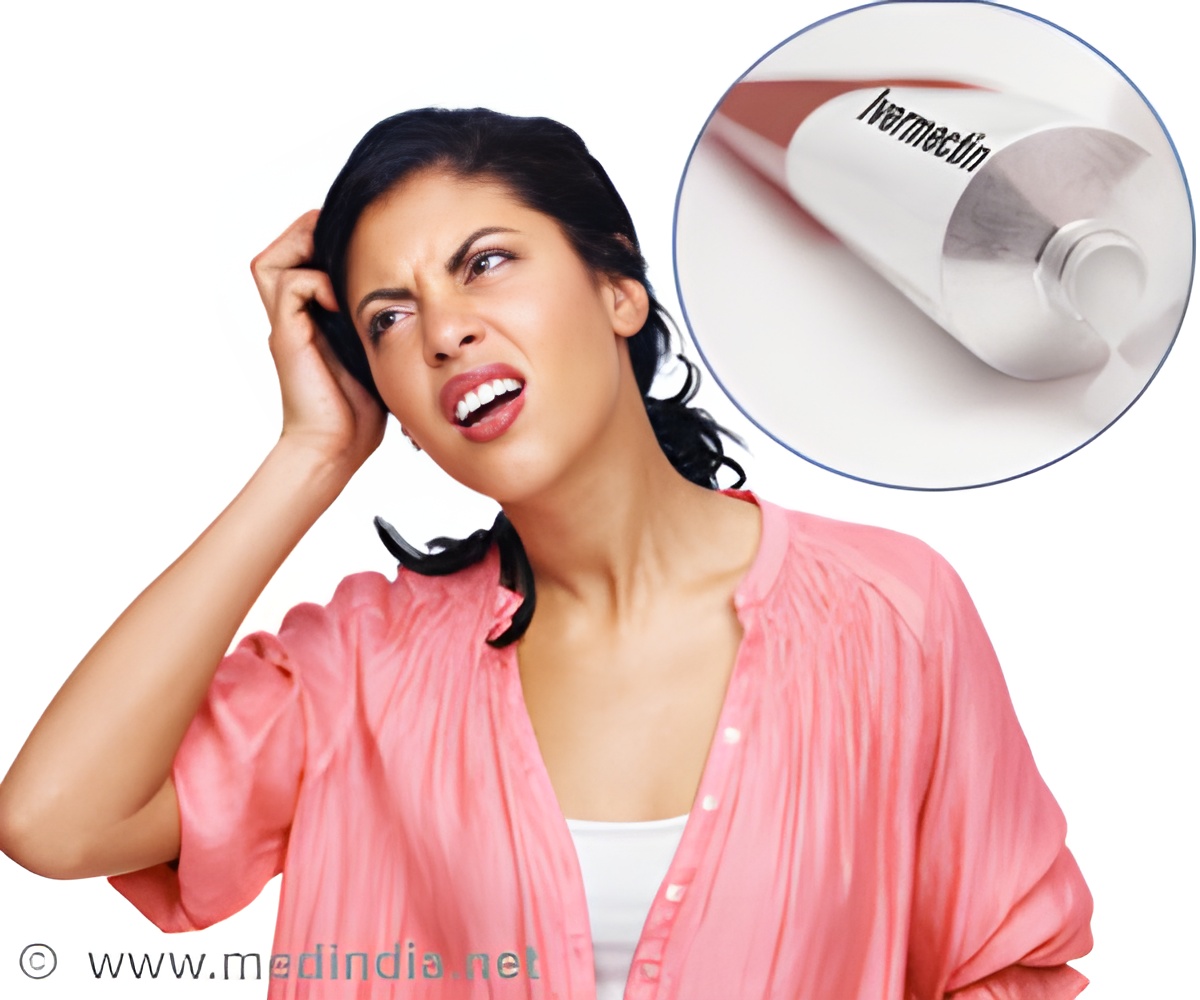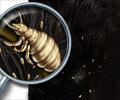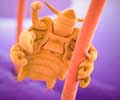Ivermectin lotion is a new option for treating head lice infestations. Topical ivermectin was recently approved by the FDA for the treatment of head lice.

Ivermectin, a drug used to treat worm infestations and scabies, has also been found to be effective in lice infections. Moreover, the oral medication has been found to be useful in the treatment of resistant lice infections. A topical or local preparation of ivermectin could be a good option for the treatment of head lice infections and at the same time, the side effects of oral medications can be avoided.
A recent paper describes the efficacy and safety of 0.5% ivermectin lotion when used in two clinical trials of head-louse infestation carried out in different states of America. All the patients were found to have at least three or more live lice on the scalp or hair before the start of treatment. The patients were given a tube that contained either ivermectin or a vehicle control for the comparison of results. The lotions were to be applied to the hair and scalp for 10 minutes on a single occasion. Adverse effects were assessed by a physician. The efficacy and safety of the drug were evaluated on days 2, 8 and 15 of the study.
The researchers found that out of the 765 individuals who completed the study, topical ivermectin was significantly more effective in treating head lice as compared to the vehicle control; in fact 94.9% patients were louse-free after 1 day of treatment. However, this percentage reduced over the next two assessments (85.2% on day 8 and 73.8% on day 15). This may be due to improper application of the lotion, inadequate exposure of the lotion to louse eggs and re-infestation from other sources.
Itching was significantly reduced in patients applying ivermectin lotion.
Side effects like itching, excoriation of skin and redness were sometimes noted, but these were slightly more common in the group that was administered the vehicle. One patient complained of pain in a limb with the vehicle. Side effects probably attributable to the ivermectin included eye irritation and skin-burning sensation.
Reference:
Source-Medindia











